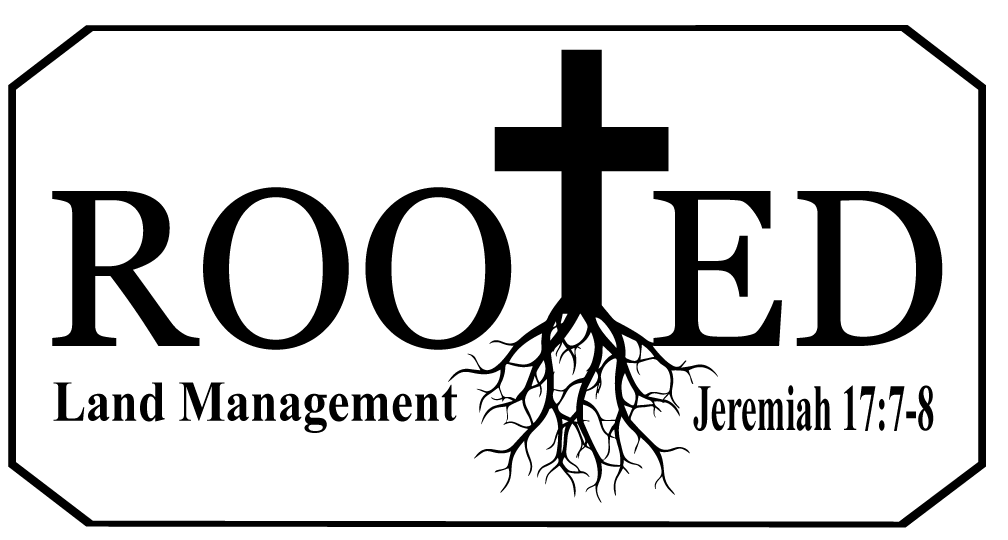Finding the Right Fit: Comparing Food Plot Sizes for Your HuntingProperty
Whether you’re managing 50 acres or 500, one of the most important habitat management decisions you’ll make is how large—or small—your food plots should be. Food plots are a cornerstone of modern land and wildlife management, but the size of each plot can greatly influence its effectiveness for attraction, nutrition, and huntability.
There is no one-size-fits-all solution. Each size has distinct advantages and drawbacks depending on your goals, terrain, and wildlife population. Let’s break down the pros and cons of small (<0.5 acre), medium
(0.5–2 acres), and large (2+ acres) food plots to help you make the most of your land.
Small Food Plots (<0.5 Acre)
Often called “hidey holes” or “kill plots,” small food plots are typically placed close to bedding areas and inside dense cover.
Benefits:
- Highly Huntable: Ideal for archery setups and daylight deer movement during early season and rut.
- Low Maintenance: Require minimal equipment and inputs to plant and maintain.
- Cost-Effective: Less seed, fertilizer, and lime needed; great for first-time plotters.
Disadvantages:
- Limited Food Volume: Can be quickly over-browsed, especially on properties with high deer densities.
- Seasonal Use: Not suitable for long-term nutrition—mainly serve as attractants during specific times of year.
- Sunlight Constraints: Often shaded by surrounding timber, which can limit crop growth.
Best Use: Strategic hunting spots, quick access plots near cover, and supplemental attractants.
Medium Food Plots (0.5–2 Acres)
These plots offer a balance between attraction and nutrition. They can be standalone or placed along travel routes and transitions.
Benefits:
- Versatile: Large enough to grow a mix of seasonal crops like clover, brassicas, and cereal grains.
- Better Nutrition: Provide a moderate food source that can support a local deer population through more than one season.
- Rotational Options: Allows for crop rotation or a mix of annual and perennial forages.
Disadvantages:
- Requires Equipment: Often needs a tractor or ATV with implements for proper seedbed prep and planting.
- Increased Cost: Higher seed and input costs compared to small plots.
- Still Limited Scale: May not be large enough to sustain a herd year-round on its own.
Best Use: Nutrition-focused plots with strong huntability, especially near travel corridors or field edges.
Large Food Plots (2+ Acres)
These destination fields are designed to provide both large-scale nutrition and long-term wildlife attraction.
Benefits:
- Year-Round Food Supply: Can support a herd through multiple seasons with careful crop planning (spring/summer and fall/winter blends).
- Lower Browse Pressure: With more forage available, plants are less likely to be wiped out prematurely.
- More Management Control: Ideal for combining cover, edge habitat, and stand placement for strategic hunting.
Disadvantages:
- Higher Upfront Cost: Equipment, lime, fertilizer, and seed costs can be significant.
- More Maintenance: Weed control, mowing, and replanting require time and planning.
- Harder to Hunt: Deer may feed after dark, and stand placement is more complex in open areas.
Best Use: Nutrition-focused management and destination fields that anchor deer movement on large tracts of land.
Comparing Plot Sizes at a Glance
| Plot Size | Key Advantage | Best Use | Primary Limitation |
| Small (<0.5 ac) | Low-cost, easy to hunt | Bow stands, rut hotspots | Over-browsing, limited growth |
| Medium (0.5–2 ac) | Balanced attraction & nutrition | Travel routes, multi- season food | Requires equipment & inputs |
| Large (2+ ac) | Sustained nutrition, scale | Destination fields, herd health | High cost, trickier to hunt |
Conclusion: Tailoring Food Plot Sizes to Your Goals
The best approach often involves using a mix of plot sizes across your property. Small plots close to cover can improve your odds in the stand, while medium and large plots provide the long-term nutrition needed to support a healthy herd.
By tailoring your plot strategy to your land’s layout and your wildlife goals, you’ll not only attract more game but also enhance the overall sustainability and success of your property management.
If you want more information on how to get your food plots planted, constructed or just a plan to help them produce better, give Rooted Land Management a call at 256-684-1645 or email them at info@rootedlandmgt.com.
Brady Willcutt
Owner
Rooted Land Management
